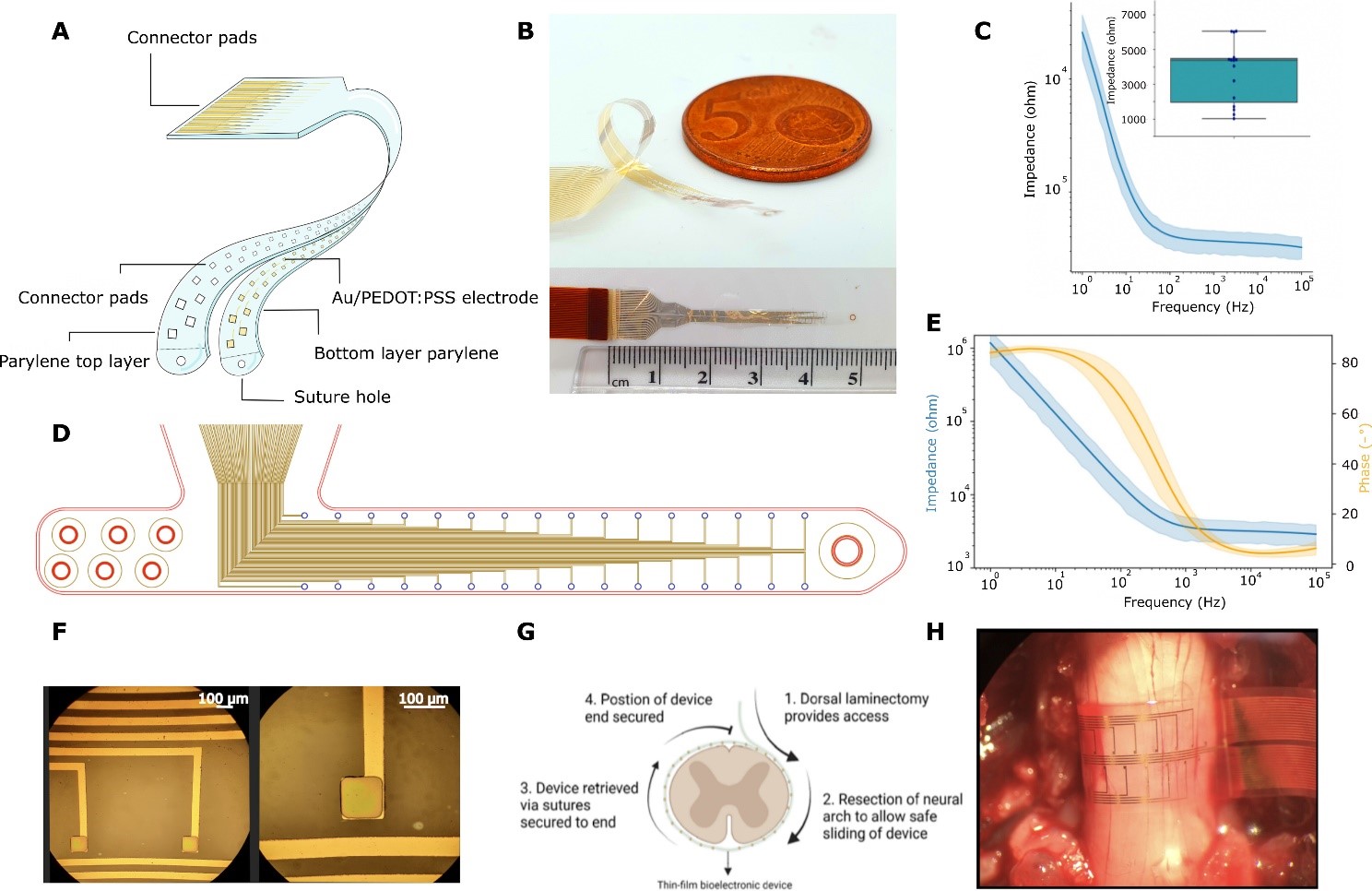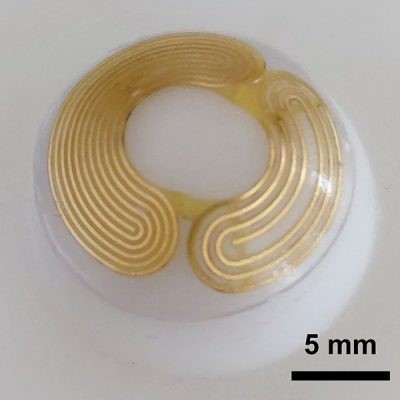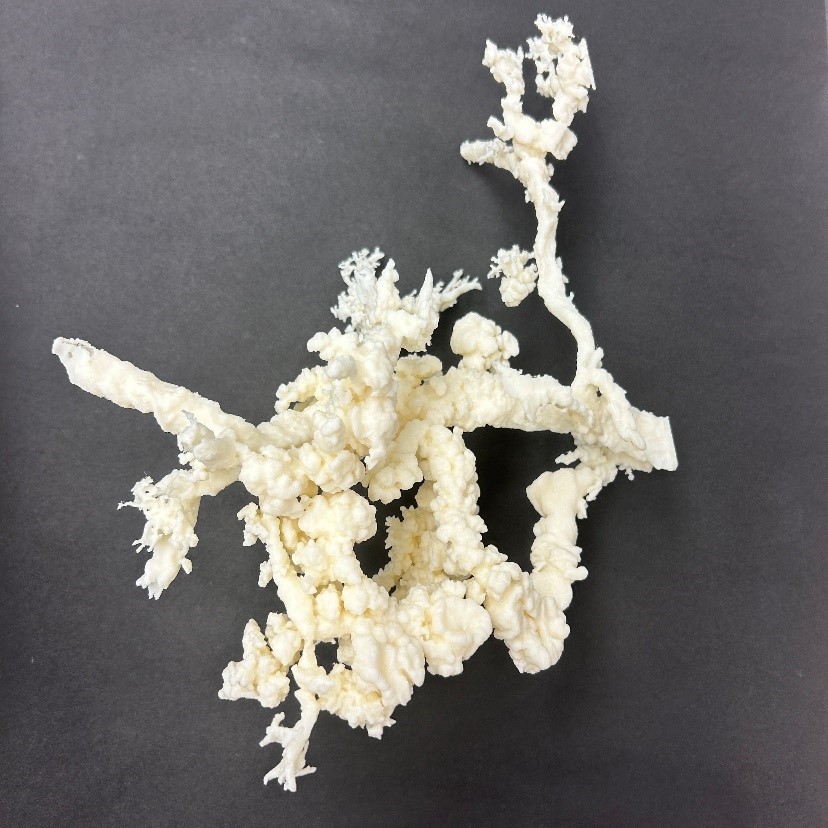Ancient Extinction Mirrors Today’s Ocean Crisis: Deoxygenation’s Role Unveiled
In a groundbreaking discovery, scientists have identified a crucial role of oceanic anoxia in the Triassic–Jurassic mass extinction, revealing that even localized deoxygenation can trigger widespread ecosystem collapse. This research underscores the significance of comprehending the vulnerability of current marine ecosystems in the face of escalating deoxygenation. The study, published in Nature Geosciences, indicates that oceanic anoxia played a significant role in disrupting ecosystems and causing extinctions during the Triassic–Jurassic mass extinction around 200 million years ago. Notably, the research highlights that the global extent of euxinia, an extreme form of deoxygenated conditions, was comparable to present-day conditions.

Figure 1. A study in Nature Geosciences indicates that oceanic anoxia played a substantial role in marine extinctions during the Triassic–Jurassic period, and current deoxygenation levels closely resemble those of that era. This underscores the sensitivity of marine ecosystems to both local and global environmental changes.
The Mass extinctions' historical context
Figure 1 shows A study in Nature Geosciences indicates that oceanic anoxia played a substantial role in marine extinctions during the Triassic–Jurassic period, and current deoxygenation levels closely resemble those of that era. This underscores the sensitivity of marine ecosystems to both local and global environmental changes. Throughout Earth's history, several significant mass extinctions have left an indelible mark, resulting in the collapse of global ecosystems and the extinction of numerous species. These events consistently align with global climatic and environmental disruptions that often induce ocean deoxygenation. Consequently, the hypothesis that oceanic anoxia serves as a probable cause for marine extinctions during these periods has gained prominence. The prevailing assumption is that the broader occurrence of deoxygenation is linked to more extensive and impactful extinction events.
Techniques and Results of the Research
An international research team, led by scientists from Royal Holloway (UK) and including researchers from Trinity College Dublin and Utrecht University, utilized chemical data from ancient mudstone deposits in Northern Ireland and Germany to establish a link between two critical factors in the Triassic–Jurassic mass extinction. The team found that spikes in deoxygenation in shallow marine environments along the European continent's margins during that period precisely coincided with heightened extinction levels in those regions.
Upon further investigation, the team also determined that the global extent of extreme deoxygenation was relatively restricted and resembled present-day conditions. Micha Ruhl, Assistant Professor at Trinity’s School of Natural Sciences and a team member, emphasized the long-standing suspicion among scientists regarding the role of ocean deoxygenation in disturbing marine ecosystems and leading to species extinctions. The study of past environmental changes reinforces this idea, providing crucial insights into potential tipping points in both local and global ecosystems in response to climatic forces.
The recent findings underscore a crucial insight: even when global deoxygenation levels mirror present-day conditions, localized anoxic conditions and subsequent elevated extinction rates can trigger widespread or global ecosystem collapse and extinctions. This phenomenon occurs, strikingly, in areas where deoxygenation itself did not take place. Micha Ruhl, explaining the significance of the study, highlighted that global marine ecosystems become vulnerable even with disturbances limited to local environments along continental edges.
Understanding such processes is vital for assessing current ecosystem stability and associated food supply, particularly in a world where marine deoxygenation is anticipated to increase significantly due to global warming and heightened nutrient runoff from continents. The study of past global change events, like the Triassic–Jurassic transition, offers valuable insights into disentangling the consequences of environmental change and understanding fundamental Earth system processes that influence tipping points in ecosystems.
Source: SciTechDaily
Cite this article:
Janani R (2023), Ancient Extinction Mirrors Today’s Ocean Crisis: Deoxygenation’s Role Unveiled, AnaTechMaz, pp.260















